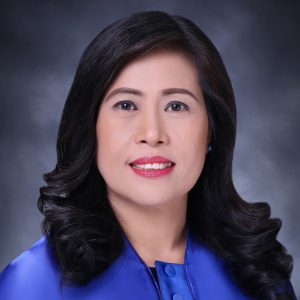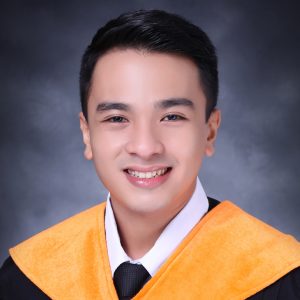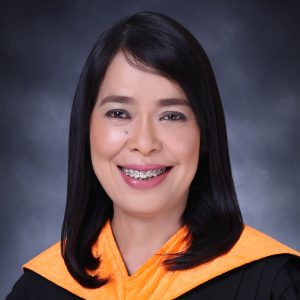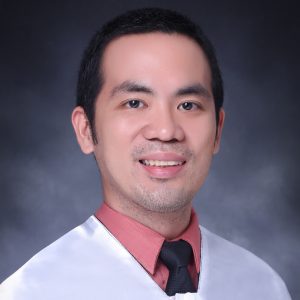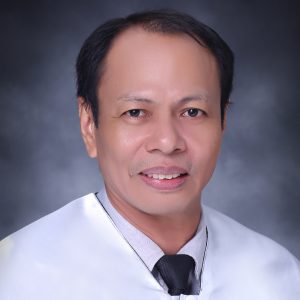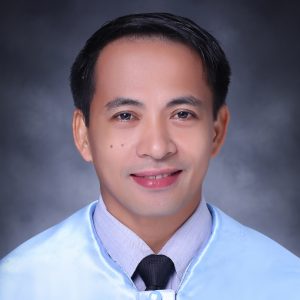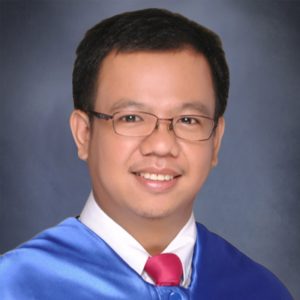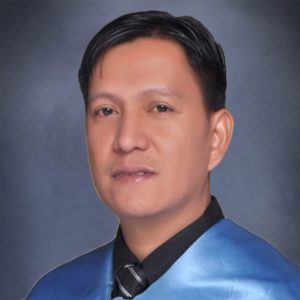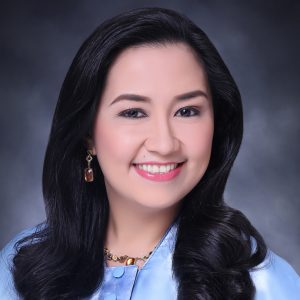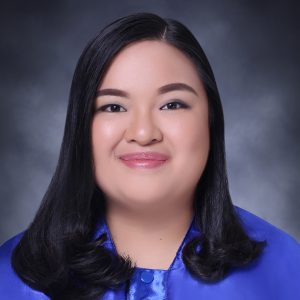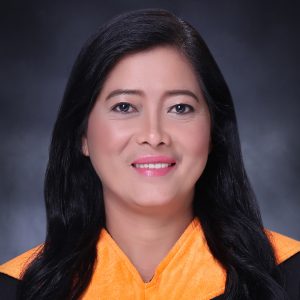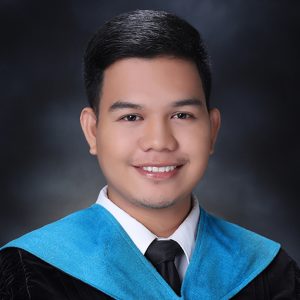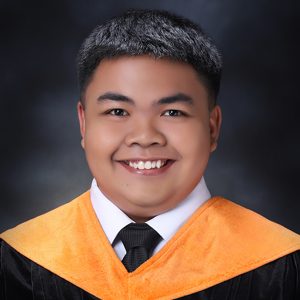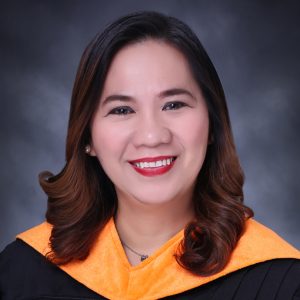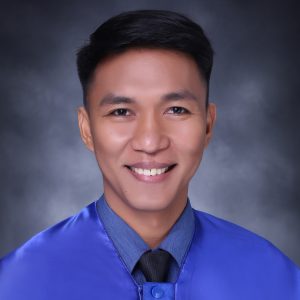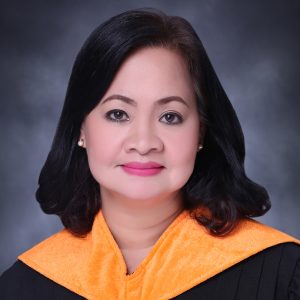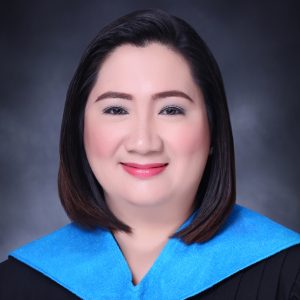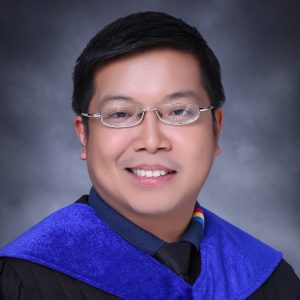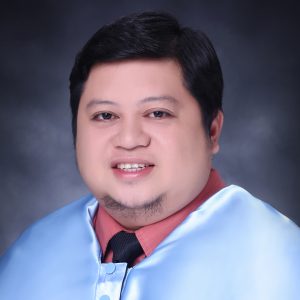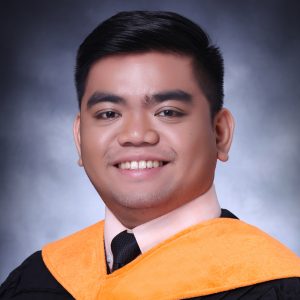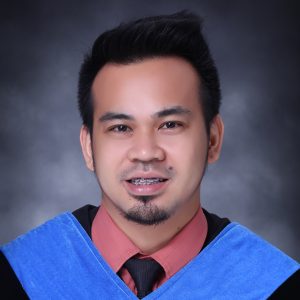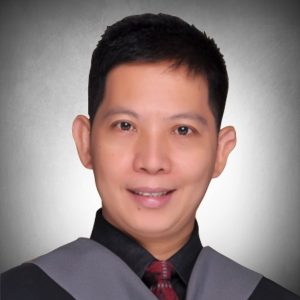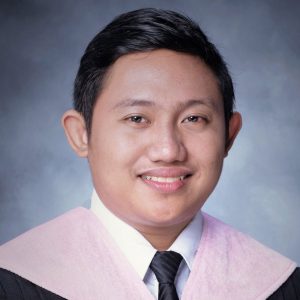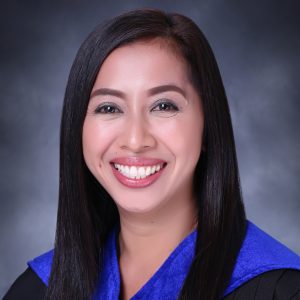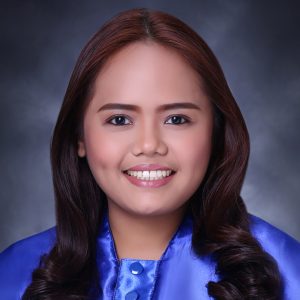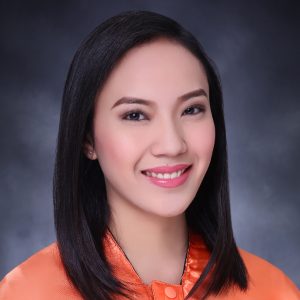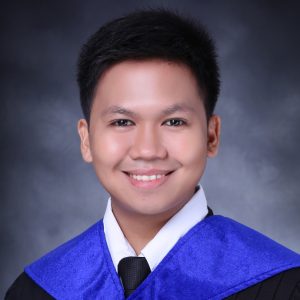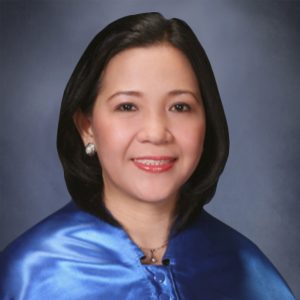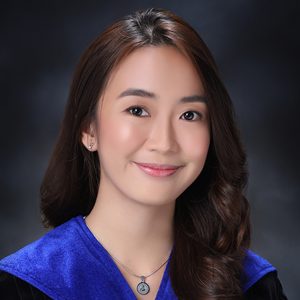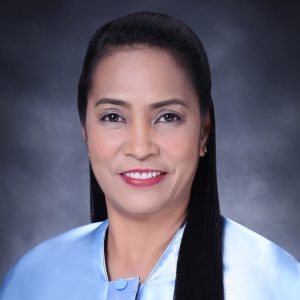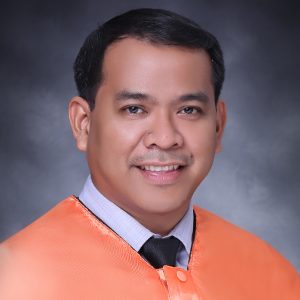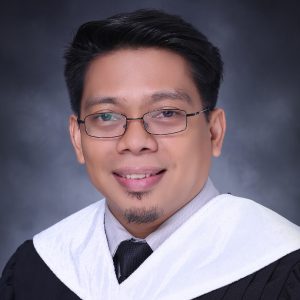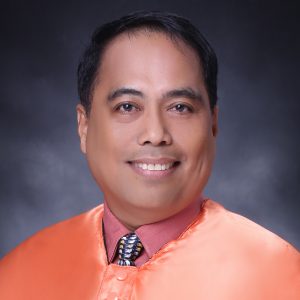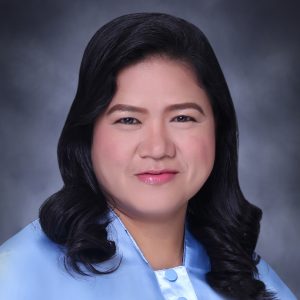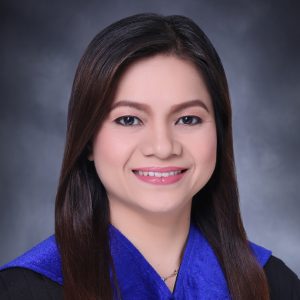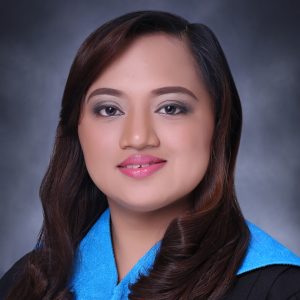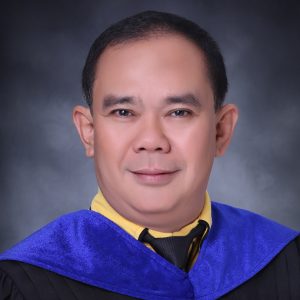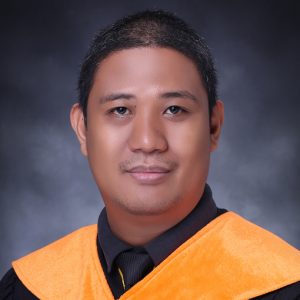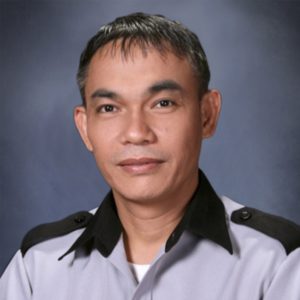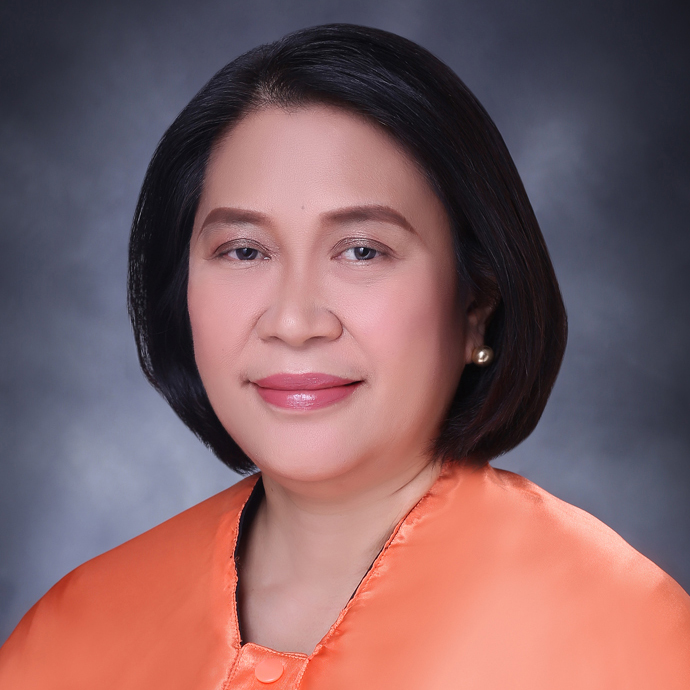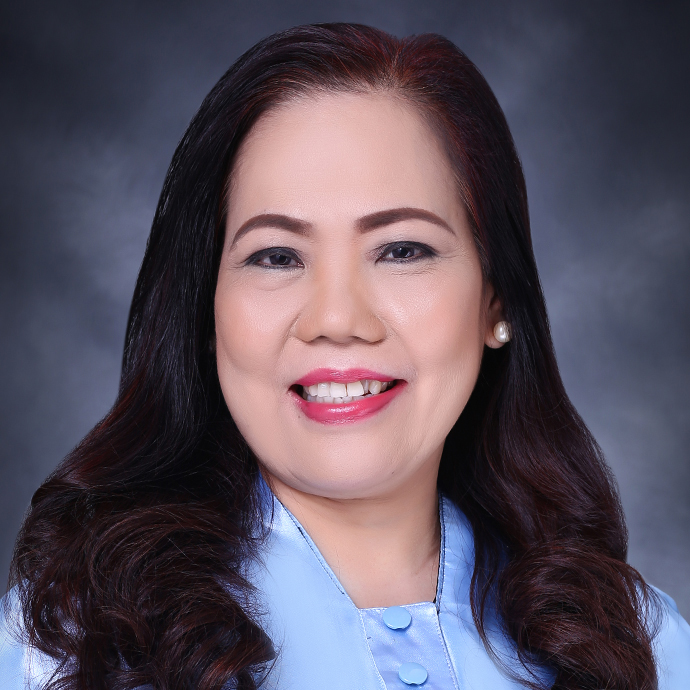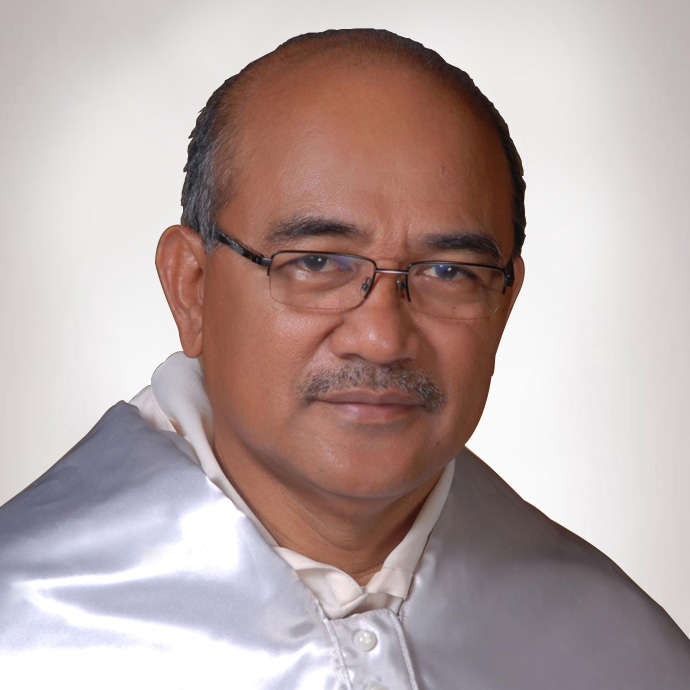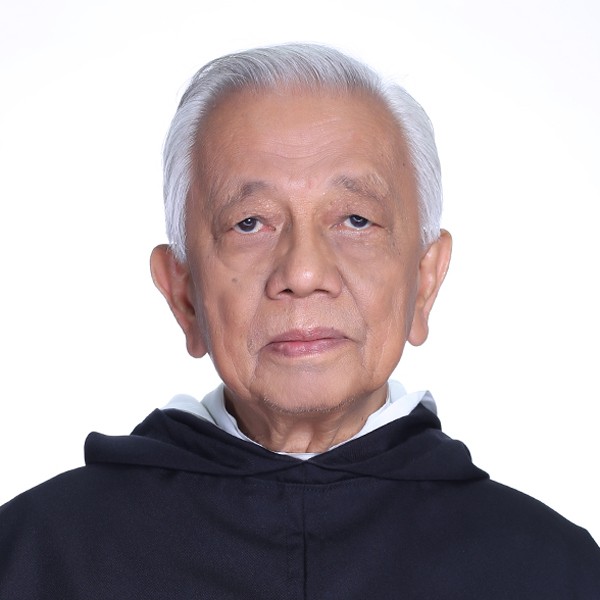Quarterly Assessment
1. A departmentalized Quarterly Assessment is scheduled four (4) times a school year.
2. Examination permits of students, who paid in full, all scholars, or whose parents are employees of the University are released at least two (2) days before the scheduled examination date.
3. The school’s “No permit, No exam” policy will be strictly implemented.
4. In case of a need to secure promissory notes, you may course your requests through the Treasurer’s Office located at the 2nd floor of the Main Building.
5. The Office of the Asst. Principal will be issuing Temporary Test Permit for students with valid reasons. Student must submit promissory letter duly signed by the student and parent/ guardian. They are advised to secure Temporary Test Permit at least one (1) day before the scheduled examination.
6. Few days before the scheduled Quarterly Assessment, tellers in the High School building will be available to receive payments.
7. Any student who absents himself from the scheduled Quarterly Assessment must present a letter of excuse with a valid reason signed by the parent or guardian on the first day he reports back to school after the said absence. Said letter should be addressed to the Assistant Principal. Failure to do so will mean a score of zero for the examination missed.
8. Students whose reason for the failure to take the examination has been deemed valid by the Assistant Principal will be allowed to take the special assessment given the following conditions:
- The Principal’s Office will set a date for the special assessment and will be administered directly by the Office.
- A Quarterly Special Test fee (Php50.00) will be charged the student on a per subject basis
- The special permit will be issued only when payment of the corresponding examination fees has been made.
- If the student fails to take Quarterly Assessment on the set date, he automatically receives a score of zero for that particular examination.
9. The observance of school policies particularly on the prescribed haircut for boys, wearing of the proper uniform and ID are strictly enjoined. Students who violate any of the said policies will not be allowed to take the Periodical Test.
10. Use of cellphones or any electronic communication device is STRICTLY prohibited especially during quarterly examinations.
Formative Assessments
1. In case a student missed any formative assessment due to absences or any official school activity and is excused, s/he shall be given a completion period of five (5) school days from the day s/he reported back to school to take the formative assessment.
2. For unexcused absences, the teacher shall automatically record his/her score as zero. 3. If the student is present but did not take the formative assessment without valid reason, the teacher shall automatically record his/her score as zero.
Performance Tasks and Other Related Requirements
1. The teacher must set a reasonable deadline for the submission of Performance Task. A student who will not be able to meet such deadline shall be given a one-day extension only, provided that he/she secures a letter from parents/guardian citing a valid reason for failing to submit on time.
2. A student who fails to submit the requirement/s even after the given extension period will automatically get a zero grade.
3. In case of serious illness and extreme cases of absences due to other valid reasons, the teacher will give a reasonable extension for the completion period or deadline of submission of Performance Task.

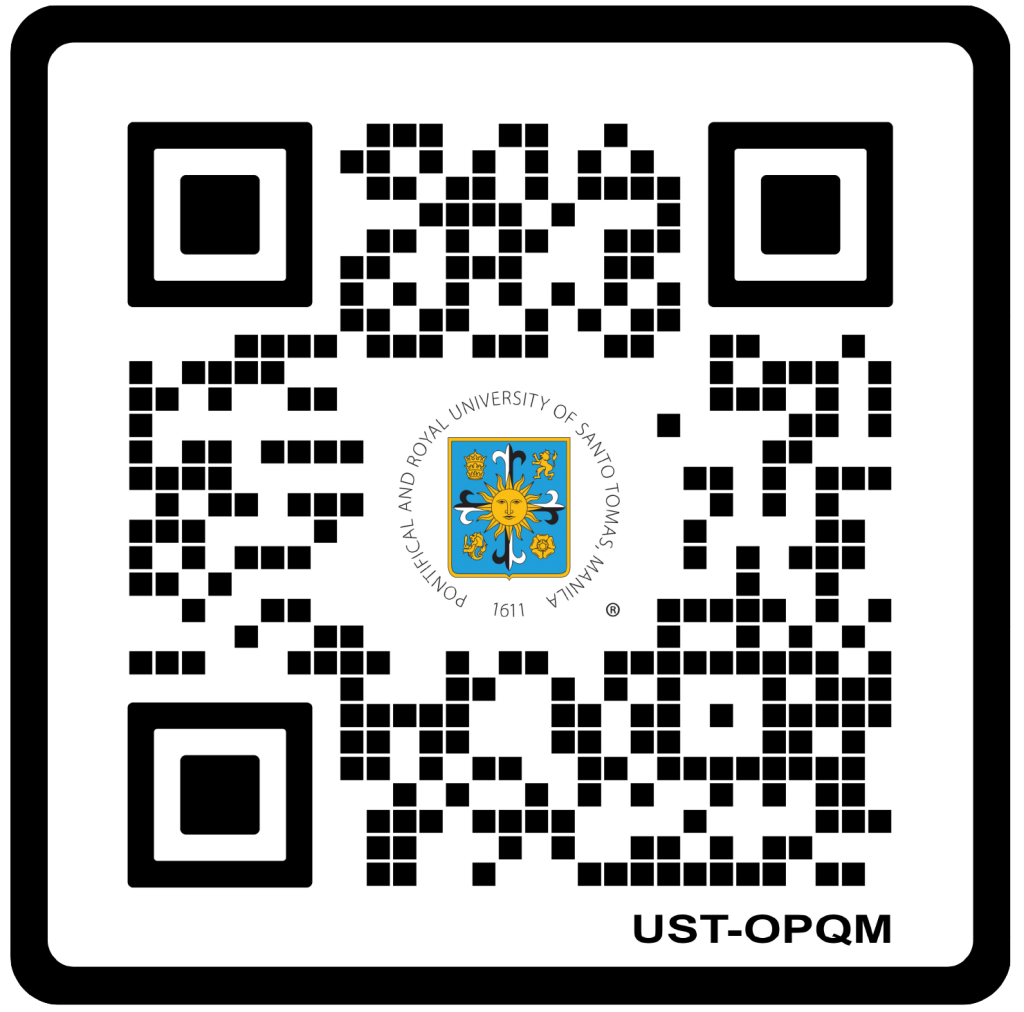



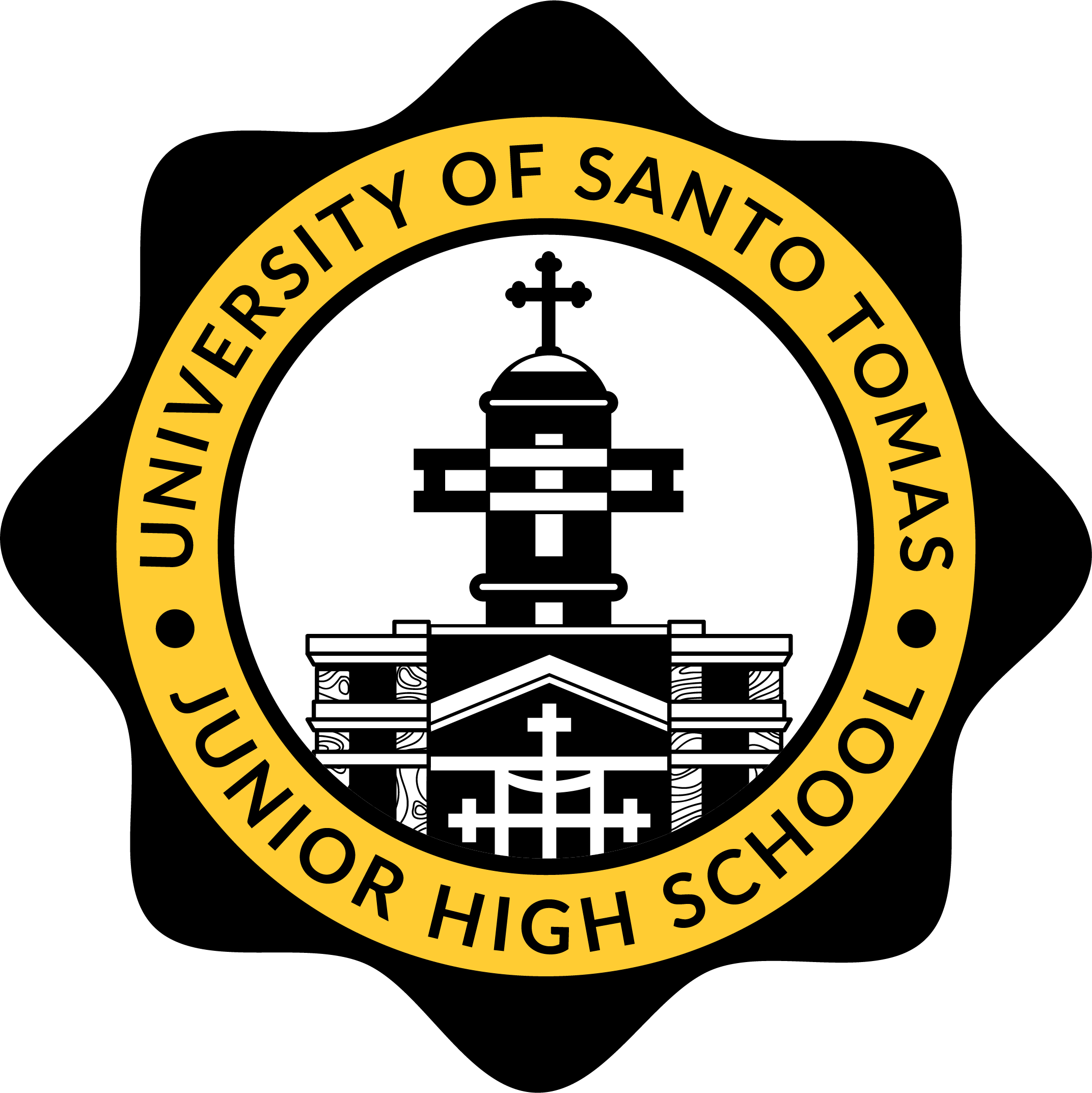
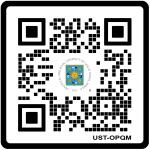
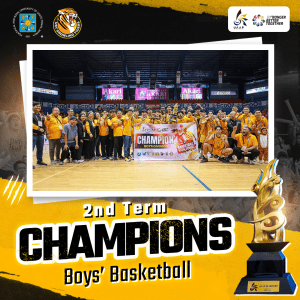
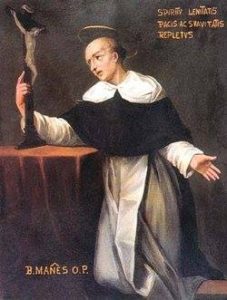
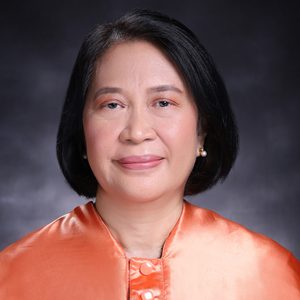
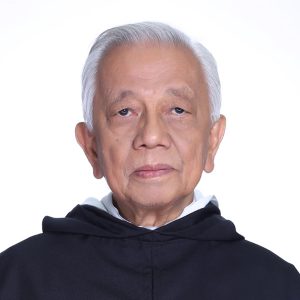
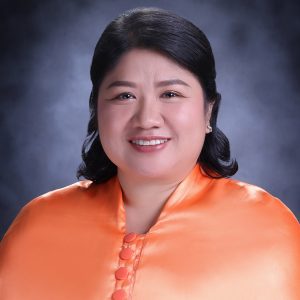
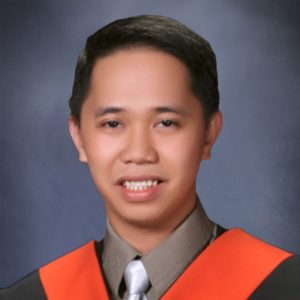
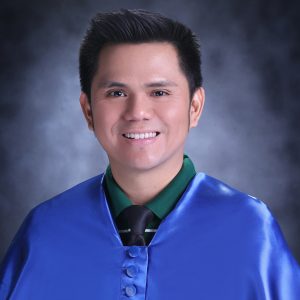
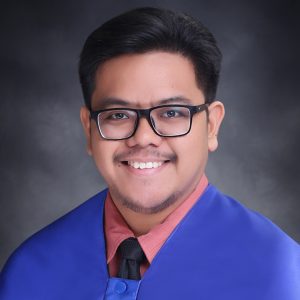
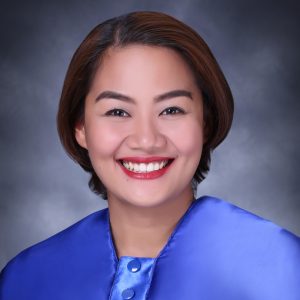
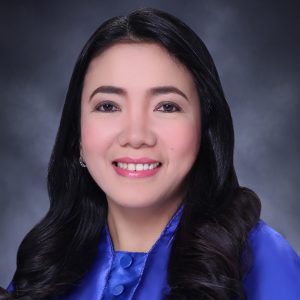
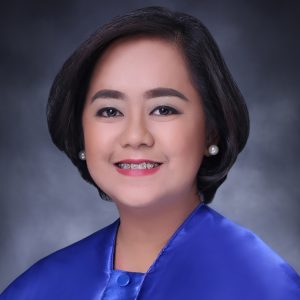
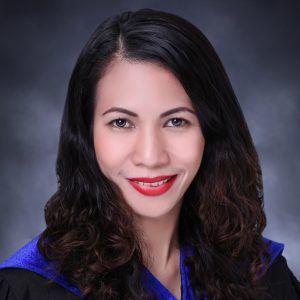
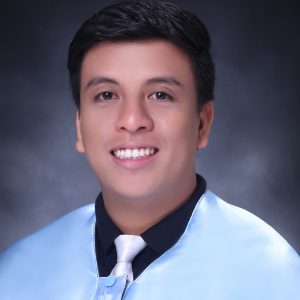
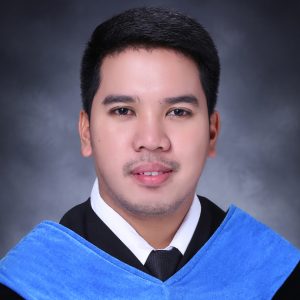
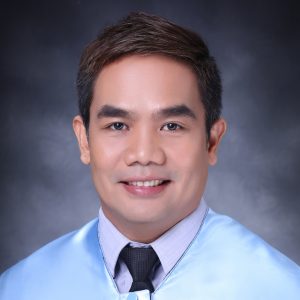

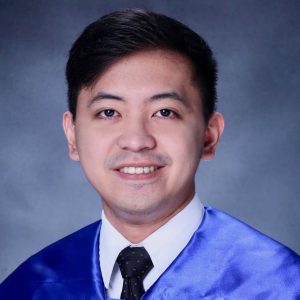
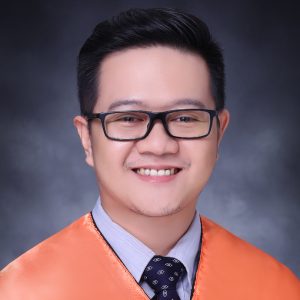
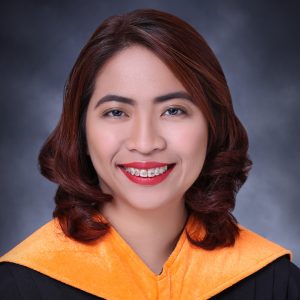
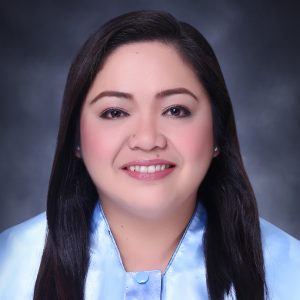
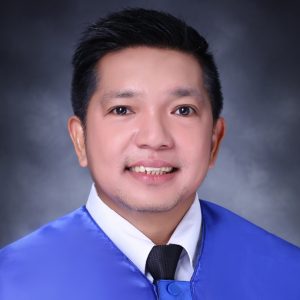
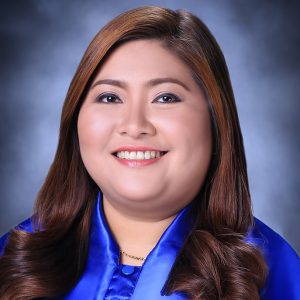
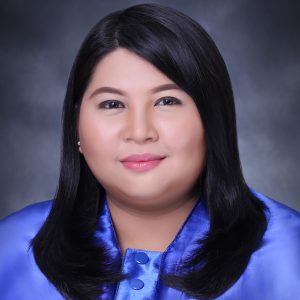
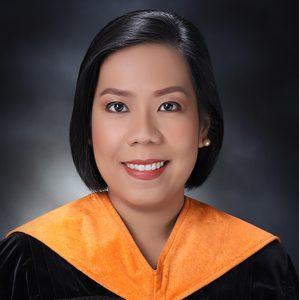 Junior Teacher Cristina P. Paras, BSEd
Junior Teacher Cristina P. Paras, BSEd